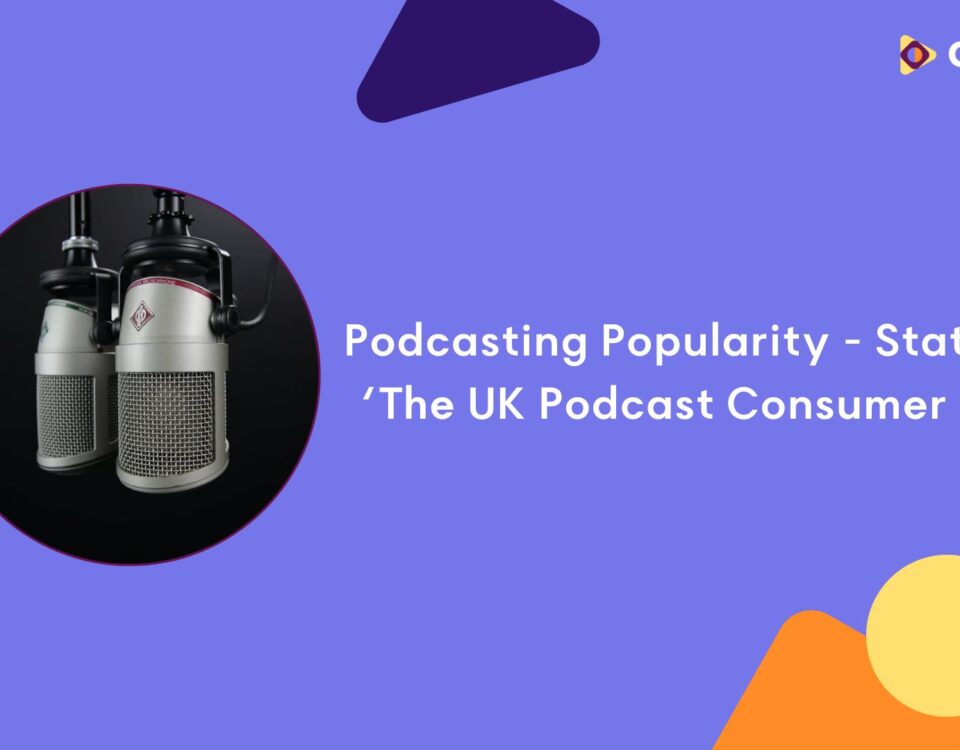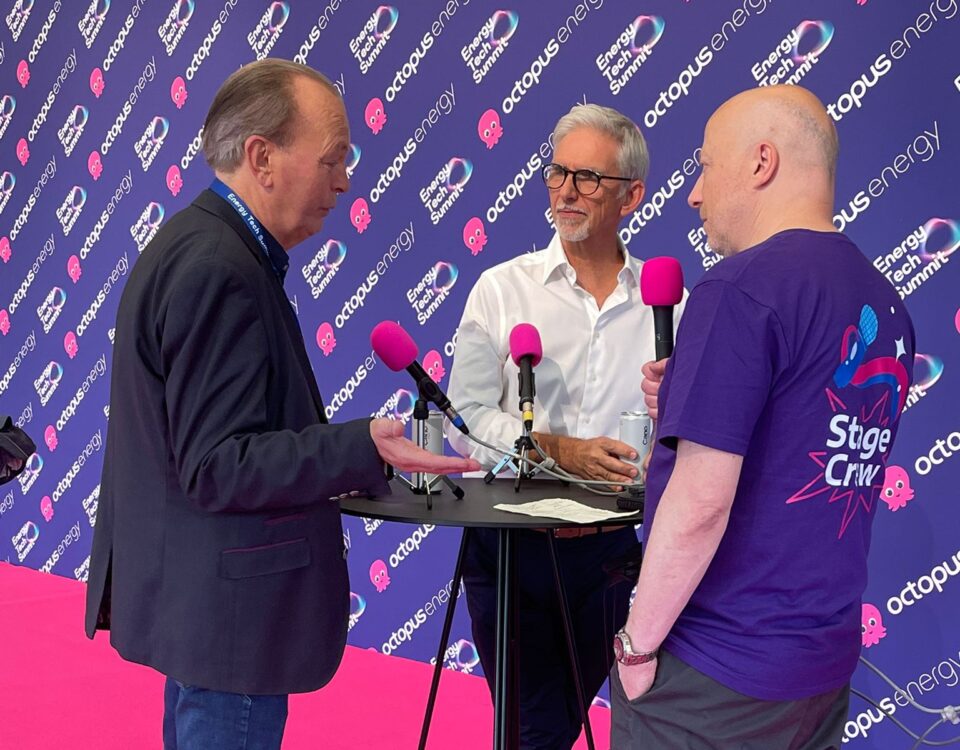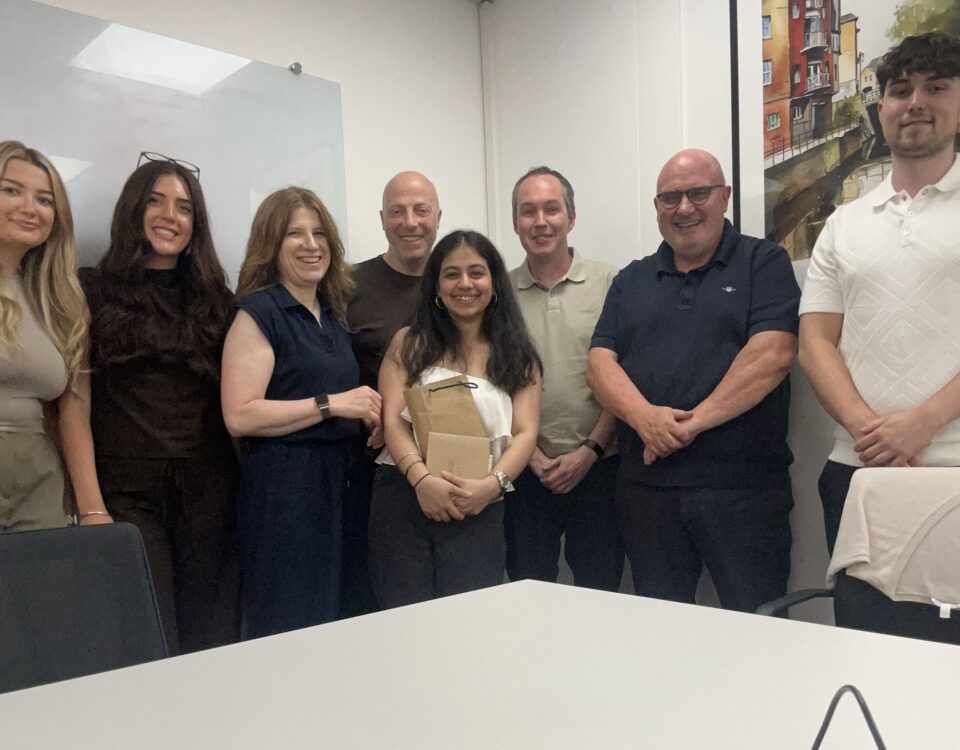Harness your company’s podcast to engage your people

by Debbie West
[first published in Internal Communications And Engagement Live 2025, Conference Book]
A few years ago I had the good fortune to interview an experienced internal communications professional about the difference between two corporate podcasts – one that failed and one that was a success.
In the case of the podcast that failed, it wasn’t for a lack of planning or production quality, but quite likely the content – it was a data update rather than the type of dialogic, conversational format we’ve come to expect from the medium.
The successful podcast, on the other hand, had been devised as an external communication channel, to promote the work of the organisation, to explain it in accessible and engaging ways. This became a big hit with the organisation’s internal audience, who not only had access to that information in a succinct format themselves, but also a renewed pride as they were reminded of the purpose of their employer and therefore their role.
The use of audio content in internal communications and engagement is steadily emerging. The growth of listenership in general coupled with the fact podcasts can be listened to on portable devices means they provide an increasingly popular channel for asynchronous connection with employees in different work settings and time zones.
One quick win I’m proposing, if you don’t have an internal podcast, is with your company’s external podcast. Consider the benefits it can bring as a source of inspiration and insight for your internal teams, as well as an awareness of how your company is perceived by external listeners of the podcast.
MillerKnoll’s podcast, ‘About Place’, that Audere produces, was initially aimed at senior leaders who were interested in the role and future of physical workspaces. It soon proved to have benefits for the company’s employees, where host Ryan Anderson observed “We’ve been talking a lot about how our own employees are internalizing the information. It’s become a bit of an internal book club, so to speak . . . it’s become a form of training actually that maybe we hadn’t initially expected. Anecdotally, what I love is that my team talks with hundreds of large global organizations every year . . . and increasingly, it’s very common for someone to say they’d like to talk with us, they’re listeners of the podcast.”
that Audere produces, was initially aimed at senior leaders who were interested in the role and future of physical workspaces. It soon proved to have benefits for the company’s employees, where host Ryan Anderson observed “We’ve been talking a lot about how our own employees are internalizing the information. It’s become a bit of an internal book club, so to speak . . . it’s become a form of training actually that maybe we hadn’t initially expected. Anecdotally, what I love is that my team talks with hundreds of large global organizations every year . . . and increasingly, it’s very common for someone to say they’d like to talk with us, they’re listeners of the podcast.”
With this year’s season, the team at MillerKnoll are creating bite size summaries of the key points of each episode, knowing that the podcast helps keep their internal teams connected and informed.
Some podcasts are successful because of the initial engagement of their employees. A great example of that is another show Audere produces, Octopus Energy’s ‘Inside Octopus’ series.
The series isn’t aimed primarily at Octopus Energy’s customers, but at its internal teams as well as being the first place potential new recruits are directed to, to learn about the business. It’s also designed to share key messages that matter to the organisation with industry bodies and government stakeholders. As such it has a focus on Octopus Energy’s company culture as well as topics related to clean energy.

Greg Jackson, Founder & CEO, Octopus Energy
Within 24 hours of releasing this I got a really nice tweet from a C-level person at a competitor. She said “I loved it – but aren’t you worried you’re giving away your secret sauce?” But I think the reality is that sharing makes us stronger – helping potential new recruits decide whether this is right for them, people sharing it with friends who should join, and yes – getting more people – even from rivals – talking about “The Octopus Way” will only help us deliver our mission more solidly and more quickly….
As we continue to debate the blurring of lines between internal and external communication, consider how you can harness the power of your company’s podcast to energise, inform and engage your people and help deliver your mission. And if your company hasn’t got a podcast – why not?


